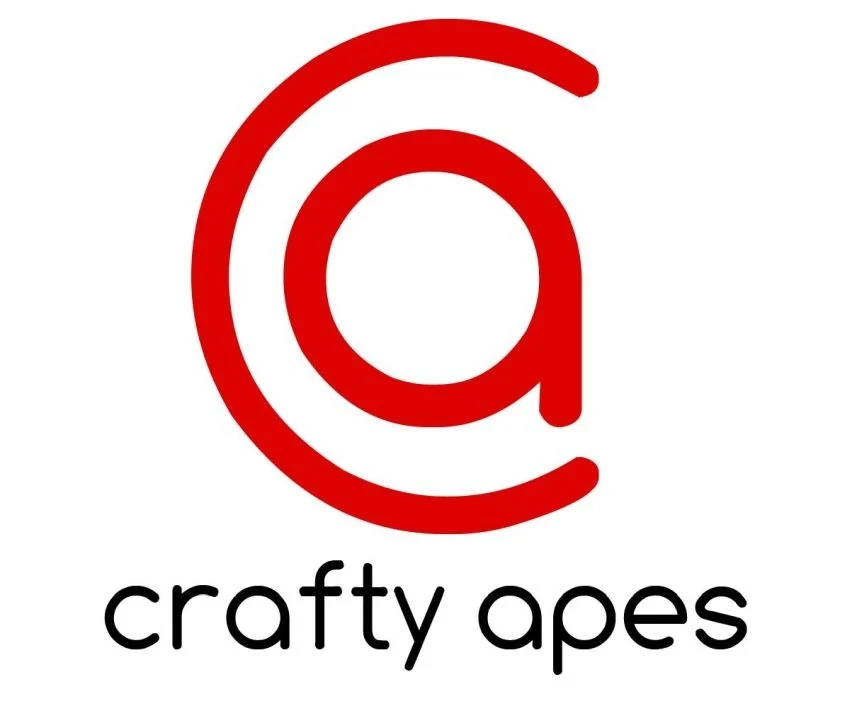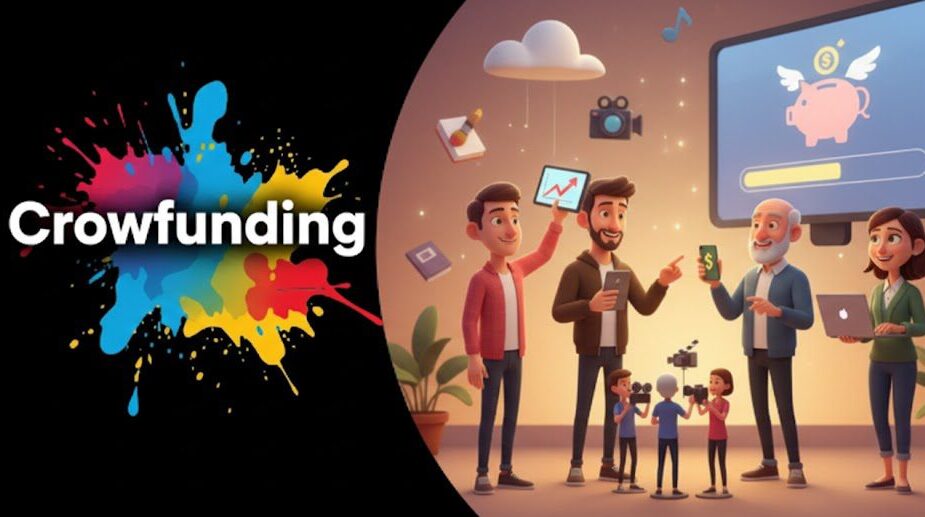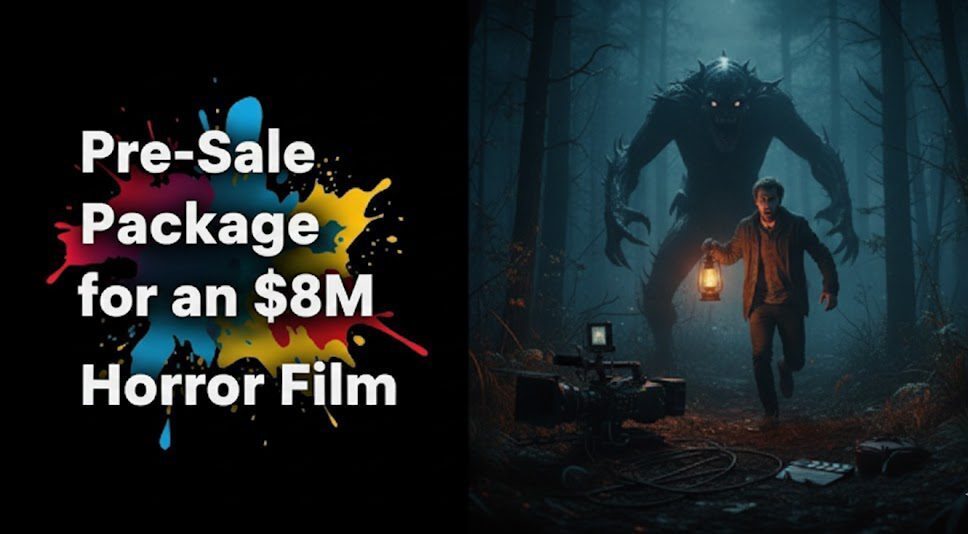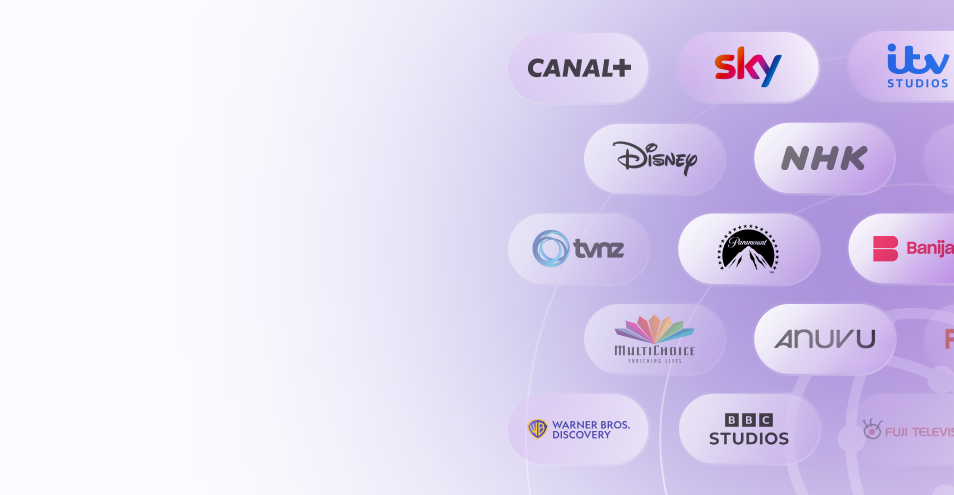Introduction
It’s a feeling every content buyer knows. You’re scrolling through the trades and your stomach drops.
That hidden gem of a script, that up-and-coming production company, that perfect piece of IP you had your eye on… it’s gone. Your biggest competitor just announced the deal. You didn’t even know it was in play.
This isn’t just a missed opportunity; it’s a strategic blow. But what if I told you that you can almost completely eliminate that risk? The answer is Competitive Intelligence, and it’s the most powerful weapon in your arsenal.
Most people think competitive intelligence is about reactively looking at what’s already happened.
They’re wrong. True competitive intelligence is about predicting what’s going to happen next. It’s about knowing what deals are being discussed before they’re signed.
In this post, I’m going to walk you through a simple, actionable framework to build a competitive intelligence system that ensures you’re never caught off guard again.
Key Takeaways
| Key Takeaways: How to Beat Competitors to the Best Content | |
|---|---|
| Proactive Project Tracking | Monitor projects from the earliest stages (development, financing) instead of waiting for official announcements. |
| Content Gap Analysis | Analyze your competitors’ content libraries to predict what genres, formats, and themes they are actively looking to acquire. |
| Deal Pattern Recognition | Understand who your competitors partner with and what types of deals they prefer to anticipate their next move. |
| Centralized Intelligence | Use a single platform to consolidate data, ensuring your entire team acts on the same real-time information. |
Is Your Content Strategy Based on Old Data?

Step 1: Shift from Reactive to Proactive with a Project Tracker
If you’re waiting for a press release in the trades to learn about a new project, you are already months behind. The deal is done. The real opportunity was back when the project was just an idea, seeking financing or a production partner. This is where you need to be.
Why Waiting for Announcements Is a Losing Strategy
By the time a project is announced, key decisions have been locked in. The script is polished, key talent is attached, and the lead producer has already secured partners. Getting in at this stage is nearly impossible. Proactive tracking means you see the smoke before there’s fire.
How to Track Projects from Greenlight to Distribution
You need a system that alerts you to projects in their infancy. This goes beyond simple news alerts. You should be tracking:
- Early Development:Which production companies are optioning books or scripts?
- Financing Stages:Which projects are actively seeking co-production partners or pre-sales?
- Key Talent Attachments:When a bankable director or star joins a project, its momentum changes instantly.
This is where a dedicated tool becomes essential. A platform that aggregates global project data gives you a massive advantage. You can find these opportunities long before they hit the mainstream.
Check out how Vitrina’s Project Tracker gives you visibility into thousands of film and TV projects at every stage of the lifecycle.
Step 2: Analyze Competitor Content Libraries for Gaps
Your competitors’ acquisitions aren’t random. They are strategically filling gaps in their content library to serve specific audiences. By analyzing their library, you can predict what they’ll buy next.
Don’t Just See What They Have; See What They Need
Instead of just cataloging their hits, map their entire library. Look for what’s missing. For example:
- Does your main streaming rival have a strong slate of Sci-Fi but lacks prestige Historical Dramas? That’s an opportunity.
- Have they invested heavily in unscripted content but are light on Young Adult (YA) adaptations? That’s a gap you can exploit.
Mapping Genres, Formats, and Demographics
Create a simple analysis to visualize these gaps. This doesn’t need to be complicated. A basic table can reveal powerful insights.
| Genre/Theme | Competitor A Library Strength | Competitor B Library Strength | Your Opportunity |
|---|---|---|---|
| Procedural Crime Drama | High | High | Saturated Market |
| Romantic Comedy (Film) | High | Low | Target Competitor B |
| Fantasy (Series) | Low | Low | High-Value Opportunity for You |
This simple exercise shifts your focus from chasing the same deals to finding undervalued content categories where you can win decisively.
Step 3: Decode Competitor Deal-Making Patterns
Every buyer has a “type.” They have preferred partners, deal structures, and budget ranges. Understanding these patterns is like having their playbook. You can anticipate who they will work with and what kind of projects they will prioritize.
Who Are Their Preferred Production Partners?
Does a specific streaming service frequently do business with certain production companies?
If you see a hot project emerge from one of those preferred partners, you can assume your competitor is already getting the first look. This intelligence allows you to either move faster or focus on opportunities they are likely to overlook.
What Kind of Deals Are They Making?
Analyze the structure of their recent deals. Are they focused on:
- Full Acquisitions: Buying all rights for a finished film?
- Co-Productions: Getting in early and sharing costs and creative input?
- First-Look Deals: Locking up promising creators before anyone else?
Knowing this helps you tailor your pitch and find partners who are looking for the kind of deal you can offer. If your competitor is focused on expensive first-look deals, you can win by being the best co-production partner in the market.
Don't Let Another Great Title Slip Away.

Step 4: Turn Intelligence into Action with a Centralized Platform
Having all this great intelligence is useless if it’s stuck in spreadsheets, individual inboxes, or someone’s head. Fragmented data leads to slow decisions, and in this industry, speed wins.
The Danger of Siloed Information
When your acquisitions team, development team, and strategy team all work with different information, you get chaos. One person might have a great lead on a production company, while another has data showing that the company’s core genre is a low priority. You end up working against yourself.
The Power of a Single Source of Truth
A centralized market intelligence platform ensures everyone on your team is operating with the same real-time data.
When you can track projects, analyze companies, and monitor deals all in one place, your decision-making becomes faster and smarter.
You can connect the dots between a new project, the production company behind it, and the gaps in your competitor’s slate instantly. This is how you build a modern, data-driven content strategy.
How Vitrina Gives You an Unfair Advantage
This all sounds like a lot of work, right? It used to be.
But this is exactly the problem Vitrina was built to solve. Our platform isn’t just a database; it’s an interconnected ecosystem of intelligence.
We track millions of data points on content, companies, and deals, so you don’t have to.
With Vitrina, you can track pre-production projects, identify competitor content gaps, and discover new partners all in one place, giving your team the power to act decisively and stay ahead of the market.
Conclusion
Losing a deal you wanted is painful, but it’s not inevitable. By shifting your mindset from reactive to proactive, you can change the game. Stop waiting for news and start making it.
Start by tracking projects in early development, analyze your competitors’ libraries for strategic gaps, decode their deal-making patterns, and bring all that intelligence into one centralized hub. This isn’t just theory; it’s a practical roadmap to winning more of the right deals.
What’s the first strategy you’re going to try? Let me know in the comments.
Stop Chasing. Start Leading.
Ready to build an unbeatable content strategy? The data and tools you need are waiting for you.
Frequently Asked Questions
It’s the process of ethically gathering, analyzing, and acting on information about your competitors’ activities—specifically their content development, acquisitions, partnerships, and distribution strategies—to gain a business advantage.
The most effective way is to use a project tracking tool that monitors content from the earliest stages, like development and financing. This gives you a view of their pipeline long before any official announcements are made.
By tracking projects in pre-production and identifying the key rights holders (like the production company or sales agent) early. Building relationships with these players before the content hits the open market is key.
The best tool is a centralized platform that combines a project tracker, a comprehensive database of companies, and deal-making intelligence. A solution like Vitrina provides this unified view, saving you time and ensuring you have the most current data.






































